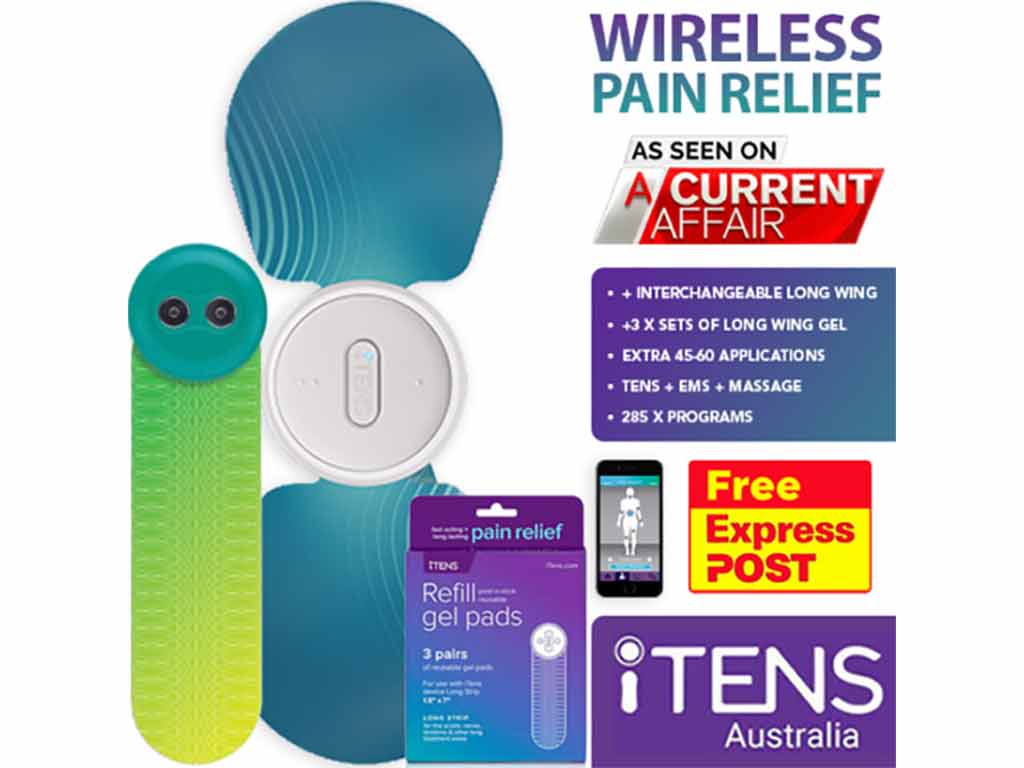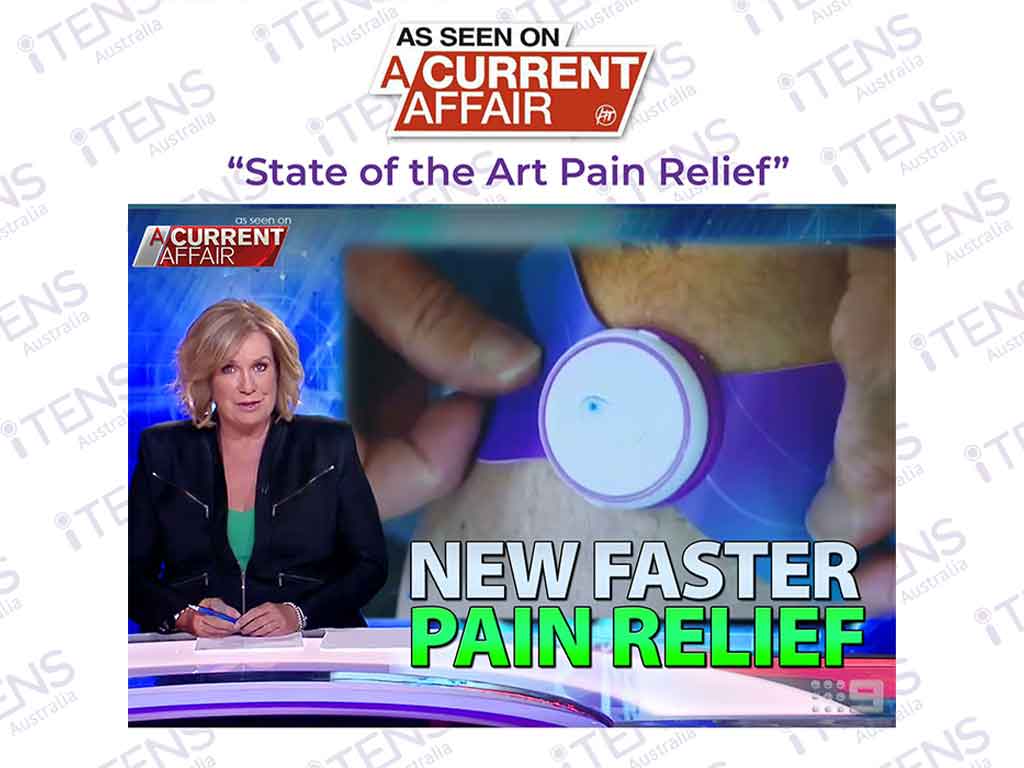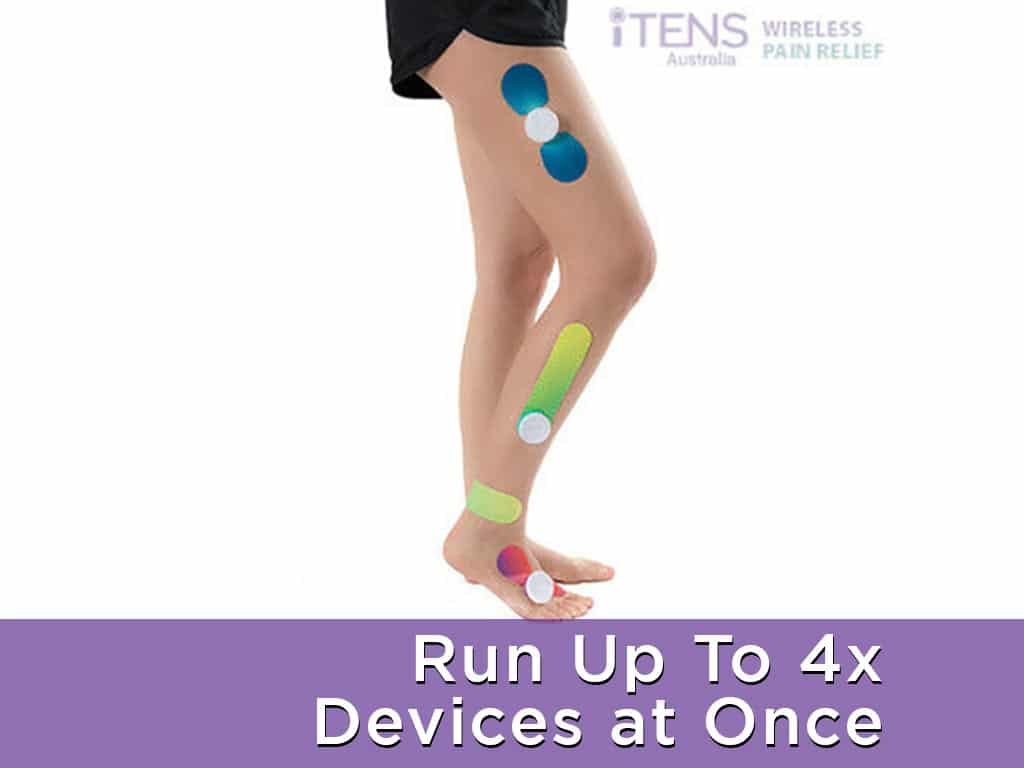
Typically, healthcare providers prescribe traditional medical treatments, such as analgesic medication and physical therapy, for pain control. Also, they recommend a Transcutaneous Electrical Nerve Stimulation or TENS machine for physiotherapy use. It is a portable device that delivers mild electrical currents through one or more sets of electrode pads. The electrical pulses help block pain messages and enhance the release of endorphins, leading to a natural form of pain relief. Consequently, users do not worry about adverse side effects.
Individuals interested in receiving TENS therapy can go to a physiotherapy clinic. In addition, they can purchase a personal unit from a physical or online store. TENS units are user-friendly and handy. Hence, they can operate one easily without the guidance of a medical professional. Nevertheless, they must consult a practitioner before administering a session to ensure its safety for specific conditions. The article will present the TENS machine, including how it works and its numerous benefits.
What is a TENS Machine for Physiotherapy Use?
A TENS machine for physiotherapy use is an electronic device that emits gentle electrical impulses. The unit sends the electric currents to the body through adhesive electrode pads. TENS machines offer a natural method of pain relief that helps manage various types of pain. Electrical stimulation is an effective treatment, but consulting a physiotherapist or healthcare provider beforehand is essential for correct and safe usage.
The TENS device is a valuable tool in physiotherapy practice. People can go to a pain clinic to receive TENS therapy sessions. They can also acquire a home TENS unit for convenience. Handheld and wireless models are the most in-demand device types. The former necessitates users to connect the machine to the patches using wires. Meanwhile, the latter does not use cables, resulting in a more flexible experience.
Depending on medical advice, individuals can utilise TENS with other treatments, such as exercises or manual therapies, for a more comprehensive approach to lessen mild to severe pain. Incorporating TENS in daily physiotherapy routines can improve overall pain management and aid in the recovery process from injuries or chronic pain conditions.
Purpose of TENS in Physiotherapy
- Pain relief: Electrical nerve stimulation in physiotherapy can lessen the pain intensity of various conditions. Consequently, patients can manage their symptoms and improve their quality of life.
- Muscle stimulation: TENS can stimulate and strengthen muscles that have become weak or atrophied due to injury, illness, or surgery. Then, it improves overall muscle functionality.
- Reducing muscle spasms: It can contract the muscles repeatedly, helping reset the nerve pathways responsible for spasms. This relaxation effect helps relieve pain and improve flexibility.
- Decreasing inflammation: The therapy can lessen inflammation in injured or inflamed tissues by increasing blood circulation. It helps alleviate swelling and redness in the pain area.

How a TENS Machine for Physiotherapy Use Works
The TENS machine for physiotherapy use delivers low-voltage electrical pulses to the affected area to help relieve pain and improve muscle function. Individuals can select low frequencies that typically range from 1 to 9 Hz to help trigger the production of endorphins. The effective analgesia from natural pain-relieving chemicals can relieve chronic pain conditions.
Moreover, users can set the frequency to high levels, at 50 to 120 Hz, for pain-gating activation. The electrical impulses travel through the nerves, which can help to interrupt pain signals sent to the brain. This essentially confuses the brain, as it is unable to process both the pain and the electrical signals simultaneously, resulting in a reduction in pain perception.
People can experience the various mechanisms of TENS when they apply it correctly. Thus, they must ensure the electrode placements and intensity levels are appropriate for their specific condition. They should attach the patches directly on or on either side of the painful area. Also, they can place them along the path of the affected nerves to effectively target the source of pain.
Main Theories at Work
TENS operates based on two main theories. The first one is the Gate Control Theory of Pain. According to it, applying electrical stimulation through TENS can stimulate the sensory nerves and activate the larger A-beta fibres. This mechanism helps close the pain gate in the spinal cord, inhibiting the transmission of pain messages to the brain.
The second one is the endorphin release theory. Endorphins are natural painkillers the human body produces. Healthcare providers and other professionals believe TENS can enhance their production. Endorphins can bind to the opioid receptors in the brain and spinal cord to produce analgesic effects.

Benefits of TENS Machine for Physiotherapy Use
Individuals can receive numerous benefits when they undergo or buy a portable TENS machine for physiotherapy use. For instance, it uses mild electrical energy instead of drugs or intrusive procedures. Subsequently, they do not need to worry about potential adverse outcomes. However, minimal side effects, like skin irritation, may occur. Thus, they must follow the manual guide or a healthcare provider.
Also, TENS devices offer the advantage of versatility in treatment options. Users can easily adjust the unit settings, such as pulse duration and intensity, to meet their needs. In addition, they can use TENS as an adjunct treatment to their existing physiotherapy regimen, enhancing their overall recovery process. Moreover, the analgesic effects of TENS can reach different body parts at once when they utilise multiple sets of dual-channel electrode pads.
Furthermore, TENS units are a cost-effective solution for patients seeking pain relief. They can target various conditions without leaving their houses. Additionally, applying the machine saves them from the expenses associated with frequent clinic visits and allows them to take an active role in their healing process. As a result, integrating TENS machines into physiotherapy has become increasingly popular.
Types of Pain that Can Be Treated
Electrical nerve stimulation can treat acute pain conditions. These are sudden and severe, usually caused by an injury or surgery. Some examples are postoperative pain, menstrual cramps, labour pain, and sports injuries. Also, TENS machines can help manage musculoskeletal pain, such as knee joint pain, backaches, and neck pain.
In addition, TENS can reduce chronic pain conditions, including cancer pain, arthritis, and bursitis. These last for more than three months. Furthermore, the therapy can alleviate neuropathic pain. Nerve pain occurs due to diabetic neuropathy, regional pain syndrome, and peripheral neuropathy. Nevertheless, people should consult a healthcare professional before TENS sessions.
Conclusion
TENS machines for physiotherapy use have proven to be an effective and versatile tool in pain management and rehabilitation. It is a drug-free and non-invasive therapy that provides low-level electrical currents to affected body parts. The electrical pulses help stop pain signals from reaching the brain and stimulate the release of endorphins. Physiotherapists in various settings, including hospitals, clinics, and home-based care, widely utilise TENS due to its benefits. Individuals can also apply it by buying a personal unit.
The beneficial factors users can receive from TENS are the absence of adverse side effects commonly associated with medication or intrusive medical procedures. Additionally, the TENS devices are versatile. They can adjust the settings to suit individual needs and preferences. Furthermore, the machine is cost-effective, as people can use it for various conditions. These include cancer pain, diabetic neuropathy, and post-operative pain. Nevertheless, consulting a healthcare provider before administering the therapy is essential.




















